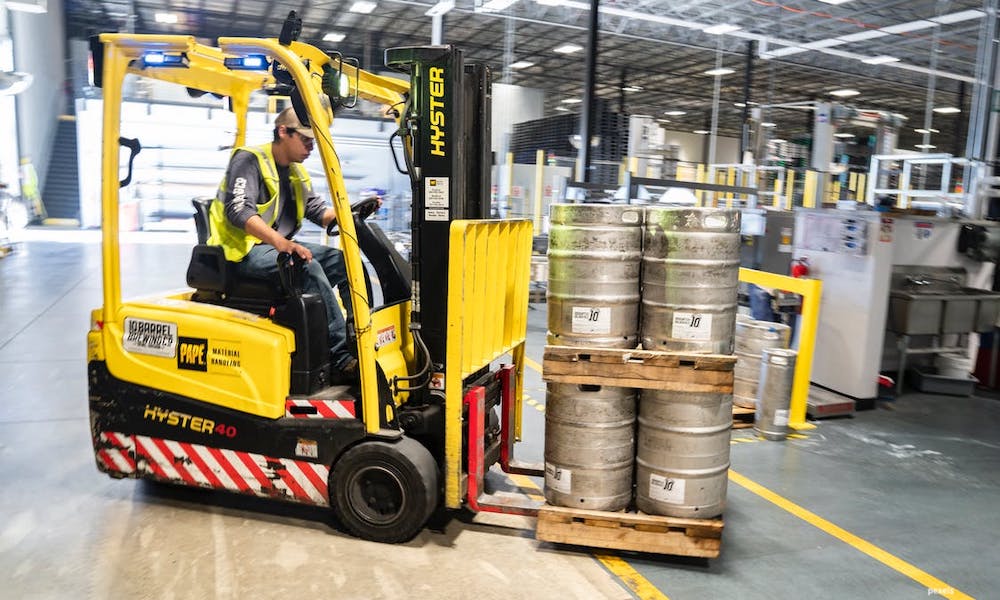Innovation
Managing Sound in a Noisy Workplace

We live in a noisy world, and it’s all around us all the time, generated by everything from lawnmowers to heat pumps and police cars to public address systems.
Much of this racket is unavoidable, which may be part of why we have historically shrugged off noise as the price of progress. However, technological advances are now making it easier to deflect, reduce, and contain noise in ways that had not previously been considered.
Traffic noise
A good example is road noise. Most of us just accept that highways are loud, and if we don’t want the noise, we won’t live near one. Technological advances and our understanding of sound have brought products that alert us when exposed to high decibels, so we can remove ourselves from the noise or take action like wearing earplugs. For example, Apple watches have a loud noise alert, and it’s instrumental in preventing damage to our hearing.
With quieter motors, better road surfaces, and modern tires, highways aren’t as significant in the world’s noise equation as they once were. Where we find a lot of noise today is in business.
Nuisance noise
Ordinary nuisance noise is present in almost every business, spanning rattling shopping carts at big-box stores, clanging dishes in a restaurant’s kitchen, and everything in between. Those types of noise can certainly impact business in terms of the pleasantness of the atmosphere for both customers and workers, so many businesses are working to reduce the noise in restaurants.
Production noise
Beyond the areas where customers interact with the business are the production, handling, and storage areas where employees spend most of their time. The traditional strategy for dealing with noise in the workplace has been to provide hearing protection to workers. This method does at least preserve their hearing, but the noise still interferes with communication and makes it difficult for personnel to alert one another to problems or emergencies.
It can also make it more difficult to detect malfunctions in equipment. The most common first sign of a problem in machinery, just as in your car, is often a change in the sound it makes during operation. These variations are often subtle and can be tough to detect in a noisy environment since the overall noise drowns out any sounds that may indicate a problem.
For those reasons, companies are looking for ways to do more than block noise. They are also seeking to reduce it. Controlling vibration in equipment can be a very effective method for cutting back on the overall noise level, making the workplace safer and more efficient.
Perhaps most troublesome about noise in a workplace is the impact on employees, and this is more than just the potential damage to their hearing. A loud workplace is simply less pleasant to work in. Employees get frustrated when basic communication becomes a chore rather than a simple matter of exchanging a few words. They see their time wasted in communicating simple statements, and the issue could become so pronounced that they choose to work elsewhere.
Additionally, blocking sound from the ears doesn’t necessarily block it from the body. The intense vibrations of equipment are noticed mostly for the noise they make, but that movement can also prove unpleasant to workers, even when they don’t hear much noise. In terms of morale, a noisy workplace makes it impossible to enjoy a little talk on the line or around the water cooler.
Managing sound in business is an important step toward being a good neighbor, keeping equipment at peak level, and providing a pleasant workplace for employees. Make sound control part of your business health and safety policy.









